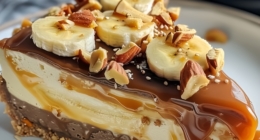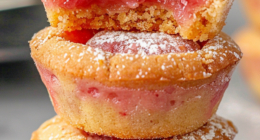Scientists have discovered new measurable properties, like the number of curls or coils and cuticle layers, that could help classify curly hair more accurately. Dr Michelle Gaines led a research project which aims to identify the best parameters for product developers to design, and curly-haired consumers to select, the most suitable products. One of the parameters identified is the number of complete waves, curls, or coils on a three-centimetre length of hair. Cuticles protect the surface of each hair fibre, and in the latest work, preliminary findings suggest that cuticle layers are larger and spaced further apart in wavy hair than curly hair. The research will help consumers select better products for their hair textures.
New research presented at the spring meeting of the American Chemical Society (ACS) aims to bring some order to the confusion around curly hair. Scientists have identified measurable properties that could help classify curly hair and identify the best parameters for product developers to design and curly-haired consumers to select the most suitable products. These properties include the number of curls or coils in a given length of hair and stretch ratio, a measure of the force required to uncurl a strand of hair until it’s straight. Dr Michelle Gaines, from the Department of Chemistry and Biochemistry at Spelman College, US, leads the research project, inspired by her own experiences with her own natural hair texture. According to Gaines, there’s a major knowledge gap in previous research into the properties of hair, which has been done mostly on wavy or straight strands from white or Asian people. Gaines set out to identify differences in these properties and use those to develop a precise quantitative classification system for hair.
New research presented at the spring meeting of the American Chemical Society (ACS) has identified measurable properties of curly hair that could help to classify it more accurately. The research project, led by Dr Michelle Gaines from the Department of Chemistry and Biochemistry at Spelman College, aims to help product developers design the most suitable hair products for the incredibly varied categories of hair. One of the new parameters identified is the number of complete waves, curls, or coils measured on a three-centimetre length of hair, known as contours. The team found that wavy hair has less than one full contour, curly has about two, and kinky/coily has approximately three or more. Gaines has also examined the layer that protects the surface of each hair fibre – the cuticle – and found that cuticles open and close reversibly when exposed to water, shampoo, and conditioner. In the latest work, preliminary findings suggest that cuticle layers are larger and spaced further apart in wavy hair than curly hair, and that cuticle edges are smoother in wavy hair. This could help explain why curly and coily hair dries out faster than wavy and straight hair.
Don’t miss interesting posts on Famousbio










